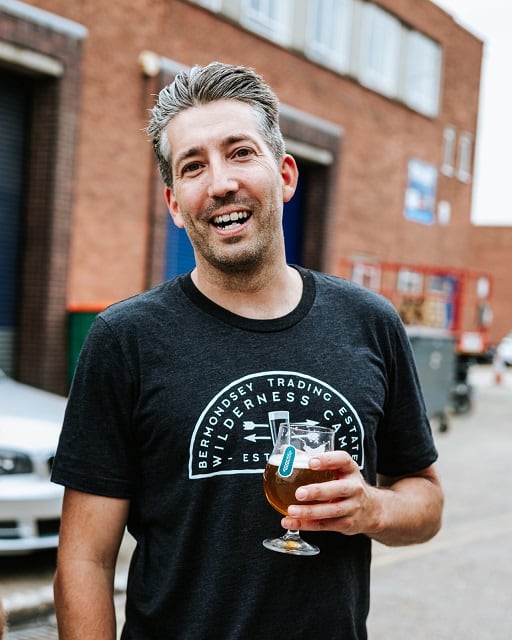The competitive landscape within the drinks industry is mind boggling, not only are you up against hundreds, sometimes thousands (we’re looking at you beer) of directly competing businesses looking to attract your customers, the cascading portfolios of style variants, flavour variants, limited editions and seasonal variations are overwhelming.
In a cluttered, highly competitive marketplace, surely the objective is to find a point of difference, something that makes you unique and shout about it as loudly as possible. It’s simple, distance yourself from your competitors, eliminate the competition and be a sole beacon of beverage brilliance in your target consumers’ mind!
Rather than distancing yourself from your competitors, leaning into your similarities and working together to win new customers is the best way to grow your brand.
The power of collective association
Think about the geographical landscape of the retail and hospitality industries and how they come together as a competitive force to drive footfall. Car retailers, knowing that shoppers will want a tangible experience, often set up shop alongside competitors in a single location to create a destination, giving them pulling power. So too restaurant and bar districts - such as the West End or Broadway!
Marketing by association gives clear signals to potential customers. With a larger target providing an easier focal point, you have a much better chance to grab attention, removing some of the noise and distraction in the broader category.
Find a united purpose
Globally, craft beer is now worth in excess of $110bn, hardly a cottage industry. Much of the success behind craft beer has been driven by a challenger mindset, a tribalism and comradery that brewers share, focused on a united purpose. To their credit, craft brewers have been collaborating effectively for decades, the value of which is threefold;
- Improving individual business capabilities by sharing knowledge and skills
- Raising the profile of a small (by value) collective, giving them weight and credibility
- Disrupting the monopoly of large incumbents in the sector
With innovation driving growth across all categories of the drinks sector, the ability to be responsive and tap into cultural trends (like health with low & no, or convenience driving RTD) is key. Recent successful breakaways like kombucha, hard seltzer and cold brew coffee have leveraged insight on cultural trends, to carve out modern lifestyle brands that fit into everyday living.
Taking this success and amplifying those key lifestyle messages can only help to bring new drinkers into the category.
Stay focused
The challenge here of course is in amplification. Good collaboration should leverage collective strengths to talk to a new audience, rather than holding up a mirror and telling your existing customers what they already know. Find those common threads that make your competitive corner of the industry interesting and throw light on them.
The power of collaboration goes beyond shared social media, by getting the message right and finding a hook that creates value to a broader audience, it’s possible to gain the interest of press and industry commentators who can further share your message.
It’s worth noting that even as part of a collective, it’s important not to lose sight of your independent ambition, you can remain competitive and retain your unique identity whilst working for a common good.

About the author: Adrian Lugg (right) is a marketing professional with more than fifteen years’ experience developing brands, implementing global campaigns and driving the marketing function in high growth SMEs.
He’s worked with numerous beer, cider and spirits brands including Australia’s 4 Pines Brewing Co., Sambrook’s Brewery and most recently, Fourpure Brewing Co. in London.
He led the team at 4 Pines to Champion Large Brewery (2015 AIBAs) and Fourpure to Brewery Business of the Year (2017 SIBA), as well as helping secure national listings in both the on and off trade, activated at national (and international) music and cultural festivals and forged some strong relationships within the industry, an industry he is very passionate about.


